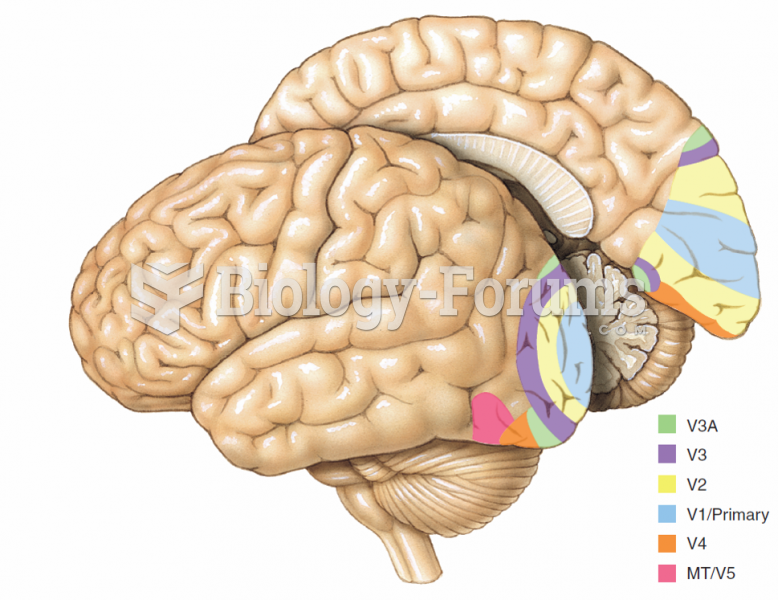This topic contains a solution. Click here to go to the answer
|
|
|
Did you know?
After a vasectomy, it takes about 12 ejaculations to clear out sperm that were already beyond the blocked area.
Did you know?
The horizontal fraction bar was introduced by the Arabs.
Did you know?
All patients with hyperparathyroidism will develop osteoporosis. The parathyroid glands maintain blood calcium within the normal range. All patients with this disease will continue to lose calcium from their bones every day, and there is no way to prevent the development of osteoporosis as a result.
Did you know?
In 1864, the first barbiturate (barbituric acid) was synthesized.
Did you know?
Human stomach acid is strong enough to dissolve small pieces of metal such as razor blades or staples.







